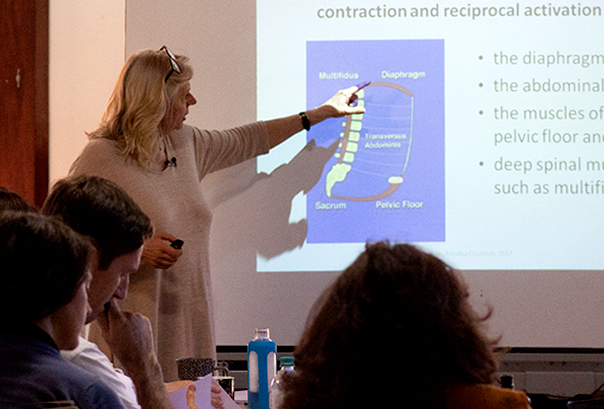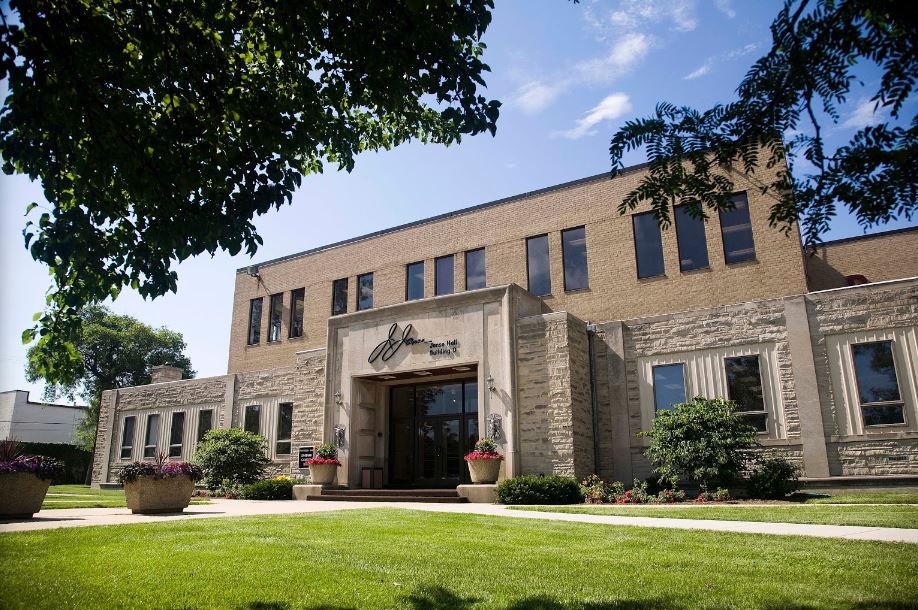
Chicago – 8.30am-4.30pm Sun 7 April 2019
Location –
National University of Health Sciences
200 East Roosevelt Road
Lombard, IL 60148
Cost – $300
Student fee – $180 (Contact us for student discount code here )
7 hrs of CLE

Chicago – 7 April 2019 – One day course
Autonomic dysregulation and low vagal tone can lead to illness and perpetuate chronic disease. Breathing and mind-body techniques that promote homeostatic mechanisms which improve autonomic regulation and vagal tone have been shown to have a broad impact on the healing response.
Integrative approaches to healing should not ignore the importance of optimizing ANS regulation and vagal tone. A person’s ability to regulate the inflammatory and immune response, maintain proper organ function and heal from physical disease depends on the autonomic nervous system.
The ability to recover from stress, moderate emotional reactivity and arousal, shift out of the threat response, manage anxiety, focus and think clearly is also hugely influenced by resting sympathetic and vagal tone as well as the regulatory ability of the ANS.
Autonomic dysregulation is linked to broader neurophysiological disruption and can be caused by both pathological and psychological factors such as diseases of the respiratory, cardiovascular and gastrointestinal systems, chronic inflammation, sleep disruption and stress.
In this one day course you will learn some of the science, understand the rationale behind these techniques and acquire the practical skills and theoretic understanding needed to apply them in your clinical practice.
Brief Course Outline
Topic 1 – Autonomic dysregulation and regulation – mechanisms for disease and healing
Topic 2 – Vagus: key structure of mind-body medicine – how it functions
Topic 3 – Mind and body causes of autonomic nervous system (ANS) dysregulation
Topic 4 – Understanding heart rate variability as a mirror of the ANS
Topic 6 – Oscillations, fluid dynamics and the physics of healing
Topic 7 – Practical: Mind-body practices and breathing techniques
Topic 8 – Clinical applications, case studies and problem solving

